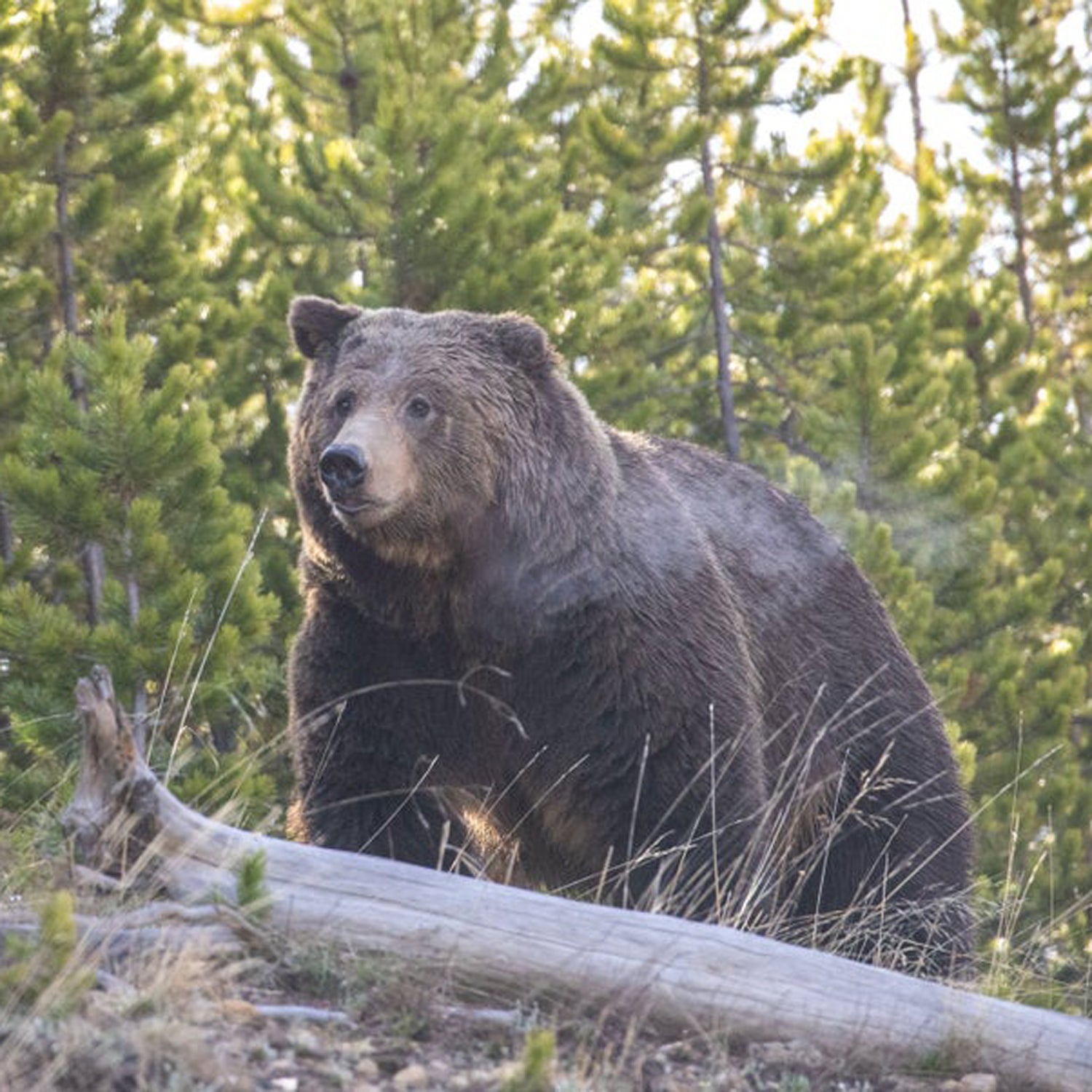This article was first published by .
Grizzly bears can top 1,000 pounds and stand nearly 10 feet tall; with four-inch claws and a predator’s canines, they’re equipped to take down prey and defend themselves from intruders with deadly force. So it’s a little vexing that tourists at Yellowstone keep trying to go near them.
A viral Instagram video from May captured an all-too-typical example: In the clip by user Darcie Addington, a woman tries to snap a photo of three grazing grizzlies from close range, with only a stone half-wall between them. When one (rather unsurprisingly) bluff charges her, she quickly steps away. , who appears to have broken park rules prohibiting visitors from approaching closer than 100 yards to a bear.
Listen, we don’t want to sound elitist. We understand that people have different levels of experience in the outdoors. But should anyone really need a rule to tell them not to go near a grizzly? They’re the largest terrestrial predator in the lower 48 states; while bear attacks aren’t common, they happen, most recently in April . And when attacks do happen, they get enough media coverage that even the biggest homebody should know by now that grizzlies can hurt or kill you if they want.
The same goes for most of Yellowstone’s animals, particularly its bison, which charge and injure tourists every year when the visitors get too close. When it comes to wildlife, further away is always better: Even when they don’t provoke an attack, visitors who approach animals can alter their patterns of behavior by forcing wildlife to move, stressing them out, and burning up valuable calories the creatures need to survive. If you need something more concrete, start with these tips.
Bears
If you have to wonder whether you’re too close to a bear, you probably are. Most grizzly attacks are defensive: They occur because the animal is trying to protect itself, its young, or a food source from a perceived interloper. Get too close, and that could be you, buddy. While black bears tend to be a little more skittish, ushering their young up trees rather than standing their ground, they can be dangerous as well. Yellowstone park rules require visitors to stay at least 100 yards from them at all times. Use this (literal) rule of thumb: Hold your thumb up at arm’s length. If you can cover up the bear with it, you’re good.
Bison
These grazers may have a distinct cattle-like vibe to them, but watch out: They’re wild animals, and they’re big enough to hurt you. Mother bison, who give birth in the spring, can be extremely protective of their young; during the mating season, which runs July through September, hormone-juiced male bison butt heads with each other and the occasional tourist who doesn’t respect their space. Yellowstone requires visitors to stay at least 25 yards away, or just longer than a typical semi truck.
Wolves
Compared to bears and bison, you’re less likely to see hanging out by the side of the road; there are usually 100 or fewer in the park proper, and they tend to shy away from crowds. If you’re lucky enough to see one, however, the same rules apply to them as to bears: Stay at least 100 yards—one football field—away.
Photographing Bears, Bison, and Wolves
If you’re following these rules, you’ll inevitably find that, unless you enjoy photos of tiny black dots, you’ll be too far away to get good pictures of the wildlife with your phone’s camera. Instead, consider investing in a compact mirrorless camera like the Sony α6400 and pairing it with a telephoto lens.


